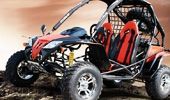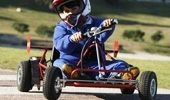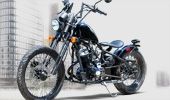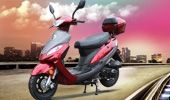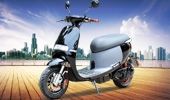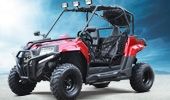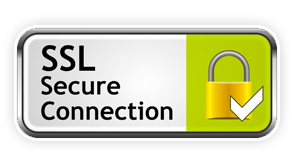Whether you're new to the world of motorcycles or already a seasoned rider, you can never be too safe. Riding a two-wheeler is an exhilarating, fun, and fuel-efficient way to travel, but it is not without its challenges. Using high-quality equipment is part of the solution, but you should take certain precautions as well. Veteran riders swear by these tips for staying safe while out on the open road.
Buy a Motorcycle That Suits Your Needs
Image via Flickr by jrgatormojo
Image via Flickr by jrgatormojo
While shopping for a motorcycle, it's easy to become intoxicated by the sheer quantity of options available, but don't become distracted by fancy bells and whistles and end up buying a bike that's not a good fit for you. In other words, don't buy more bike than you need.
Choose a model that's lighter and easy to get on and off of. If you're planning to use your bike primarily for local commutes, a smaller 250cc or 300cc engine is a fine choice. If you intend to do more high-speed highway driving, a larger 500cc or 750cc engine may be a better choice.
Go to School
A motorcycle safety course can teach how to drive safely and intelligently out on the road. Online courses can give you access to videos that teach you the basics of riding. These courses are usually followed by hands-on training. This training is typically offered by an experienced instructor on a closed course, and it can give you the skills and confidence to hit the road — eventually. In addition, some DMV offices will accept this course in lieu of the motorcycle driving test required to receive your motorcycle license.
Be Defensive
In this day and age, when nearly every driver seems to be more interested in texting than watching the road, motorcycle drivers are particularly at risk. According to a recent university study, car drivers were at fault in 60 percent of the collisions between automobiles and motorcycles.
Stay alert at all times while you're riding. Keep an eye out for cars that are shifting lanes or turning onto the road. It is also critically important to follow a significant distance behind cars. This will help you avoid road hazards and ensure that you have enough time to stop if the car in front of you brakes without warning.
Conduct a Pre-Ride Check
Before you take your bike out for a ride, walk around your motorcycle and make sure that everything is in tip-top shape. Check your horn, lights, and turn indicators to ensure that they are working, and test the pressure of your tires to ensure that they are properly inflated. Worn-out brakes and underinflated tires are among the most common safety risks, so you should have these routinely inspected.
We say "safety first" in many situations, but this saying is the First Commandment of motorcycle riding. Once you are outfitted with a helmet, riding boots, and other safety gear, remember these additional safety recommendations so that you can prevent avoidable accidents and enjoy your ride.
Re-post our material is not allowed without permission.








